It’s not easy to make an interesting, award-winning film about a quest to replace a hunk of metal, but Colorado State University Assistant Professor Jaime Jacobsen has done just that.
The Last Artifact, a documentary co-produced and directed by Jacobsen, recently added to its growing list of honors, including being named “Best Documentary Feature” in the British Documentary Film Festival.
The documentary centers on the international scientific community’s search for a better way to calculate the exact weight of a kilogram. For the last 130 years, a metal cylinder composed primarily of platinum, stored in an underground vault outside of Paris, has been the source of all mass-related measurements in the world. Known as the “IPK,” or International Prototype of the Kilogram, the mass of this physical artifact has been changing ever so slightly since its forging. The Last Artifact follows a group of unsung scientists around the globe as they search for a more reliable way to define the kilogram based on nature’s fundamental constants.
“In making the film, we realized that metrology is really based on collaboration,” Jacobsen said of the scientists she interviewed for the film. “Researchers in different labs across the world all want to get the same result. They were definitely a quirky bunch. It takes a special type of person to do this work.”
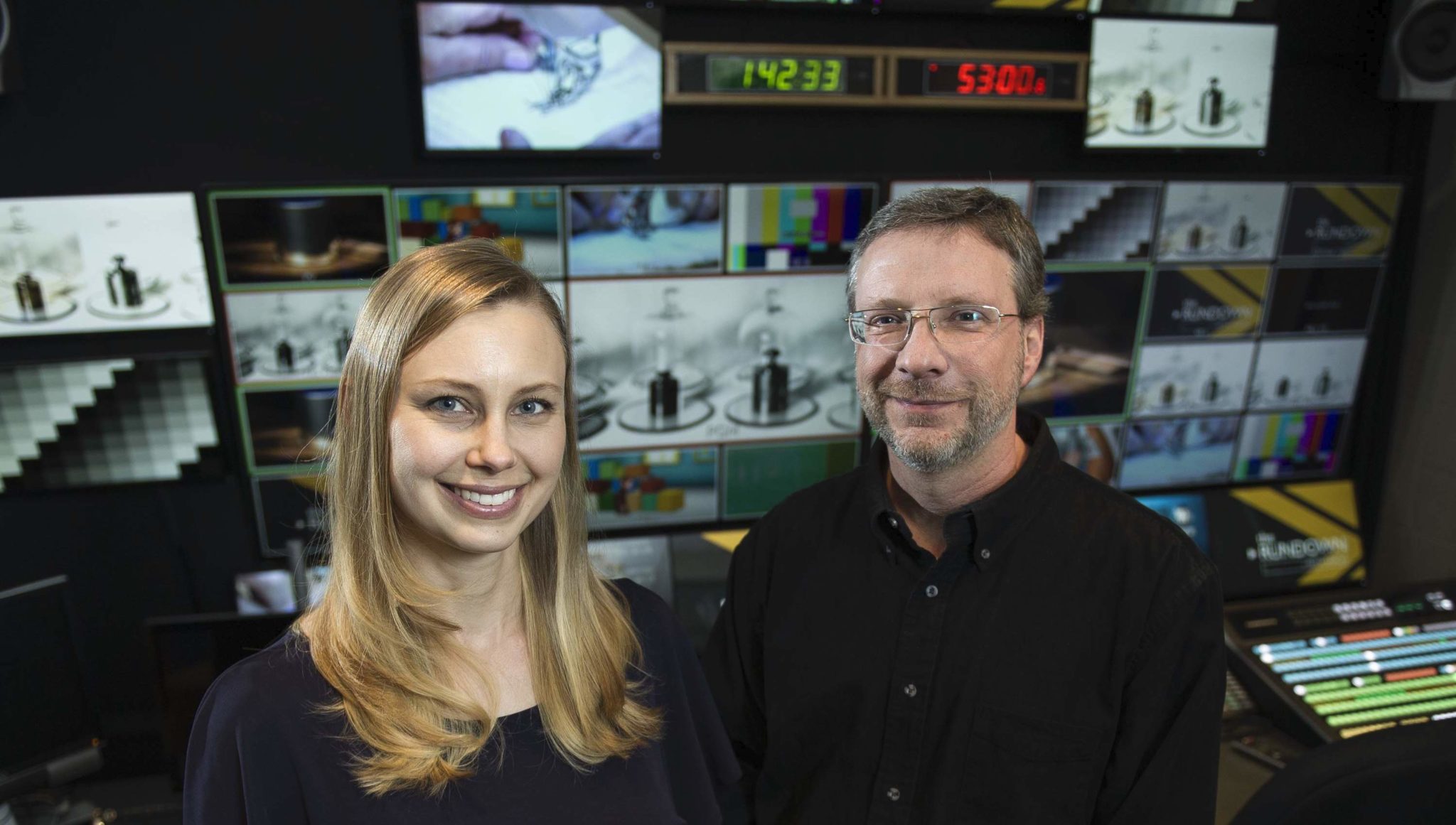
Co-director and producer Jaime Jacobsen, left, and Aaron Pruitt of MontanaPBS, executive director of the film.
The directors
Jacobsen, an Emmy-winning filmmaker in CSU’s Department of Journalism and Media Communication, co-directed The Last Artifact with producer and director Ed Watkins. The two were classmates in the Master of Fine Arts in Science and Natural History Filmmaking program at Montana State University. When Watkins saw a request for proposals from the National Institute of Standards and Technology for a $500,000 grant to make the documentary, he thought of Jacobsen because of her experience in telling human-centered stories for MontanaPBS. Jacobsen was intrigued by the idea.
“It’s a film about an inanimate object,” she said. “How do you make that interesting? I was really drawn to the challenge of it.”
They decided to work with MontanaPBS to produce and distribute the film. In the documentary, which was funded by the NIST grant, the directors follow scientists in six countries around the globe as they work to redefine the kilogram. Culminating at the General Conference on Weights and Measures in Versailles, France, in November 2018, the film captures a historic moment in time when representatives from more than 60 nations voted to redefine the kilogram and the International System of Units, modernizing the measurement system upon which all of modern life depends. The new standard went into effect in May 2019.
“So now you no longer have to get on a plane to France to compare your country’s kilogram to the official one in Paris,” Jacobsen said with a laugh. “Now everyone has access to the equation that defines it.”
CSU’s Center for Science Communication
Making The Last Artifact gave Jacobsen the opportunity to focus on the work of a new Center for Science Communication that she is helping launch at CSU. In addition to studying the science behind science communication, one of the center’s key goals will be to teach students how to translate complicated, technical science in an understandable, compelling way for a general audience.
“This project is very much about that,” she said. “Metrology underpins how the world works throughout our daily lives, but it’s not something we think about often. Changing our system of weights and measures is a big deal that would otherwise go unnoticed.”
“Because the documentary and much of Jaime’s work focus on science communication, this recognition is important for the Center for Science Communication,” said Greg Luft, head of the Department of Journalism and Media Communication. “This center was in the works in JMC for several years before Jaime started at CSU, and the faculty wanted someone to lead the charge. Jaime’s arrival at CSU — and the completion of The Last Artifact — will help the center gain some traction, even in the difficult times we’re now experiencing.”
About the filmmaker
For Jacobsen, making The Last Artifact was a labor of love and a significant milestone on her educational and career path, one that has incorporated science, art and nature. Growing up in Ohio and Wisconsin with a biologist and science teacher as a mother, Jacobsen recalls making bird boxes and watching eggs hatch as a child. She’s always loved art as well, and she dreamed of combining science and art someday.
When Jacobsen was a junior at the University of Wisconsin-Madison, she spent a year as an exchange student in Quito, Ecuador, and Santiago, Chile, studying photography and environmental studies. She mentored an impoverished boy in Santiago and wanted to tell his story and those of others she met, but she felt constrained.
“I wanted to bring these people and experiences to light, but all I had was my still photos,” Jacobsen said. “That’s when documentary filmmaking started to appeal to me. Those pivotal experiences studying abroad in Latin America really influenced the type of work I wanted to do.”
The following year, her stepfather, a filmmaker, invited her to help him shoot a film that documented the cultural traditions of Alutiiq villagers in Old Harbor, Alaska. He gave her a camera, had her interview elders in the community, and told her she was good at it, which inspired her to pursue documentary filmmaking.
“It gave me a way to connect and communicate across cultures,” Jacobsen said. “I also think people and the environment are intimately connected.”
While earning her MFA from Montana State, she wrote, produced and directed The Water Carriers, about a student who is part of an Engineers Without Borders effort to bring clean water and sanitation to more than 50 schools in western Kenya. She followed that up with Finding Traction, the inspirational story of ultra runner Nikki Kimball’s quest to become the fastest person in history to run America’s oldest hiking trail, the 273-mile Long Trail in Vermont. It was featured on Netflix from 2016 to 2018 and is currently available on Amazon Prime.
Jacobsen joined CSU in 2019.
“I love the energy of academia,” she said. “It’s a great way to collaborate with people.”
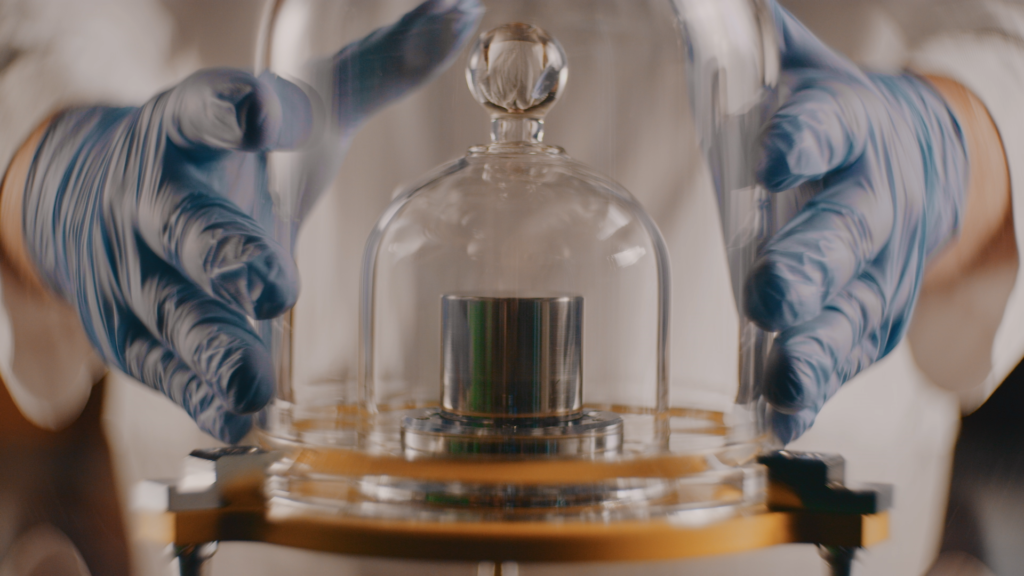
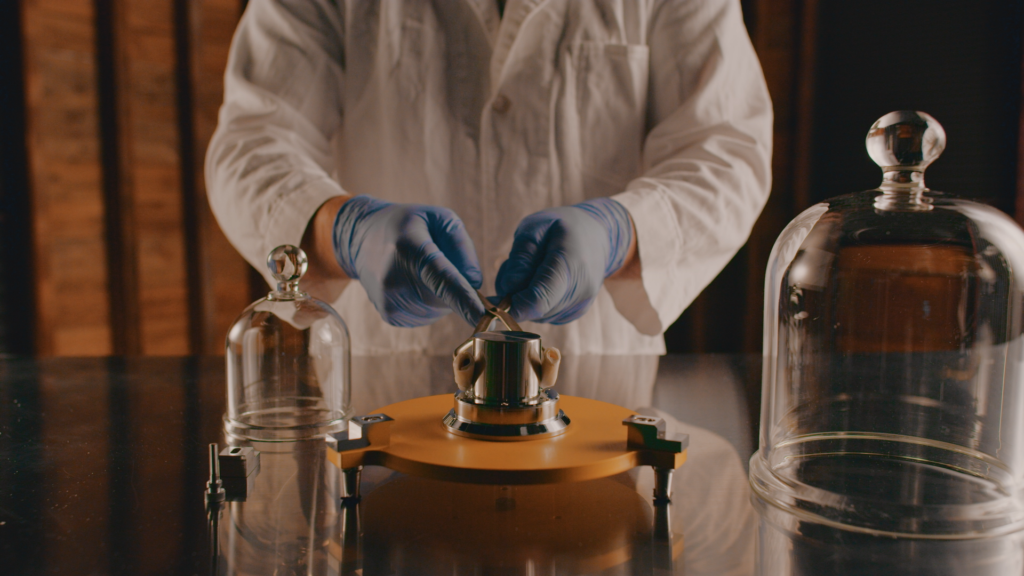
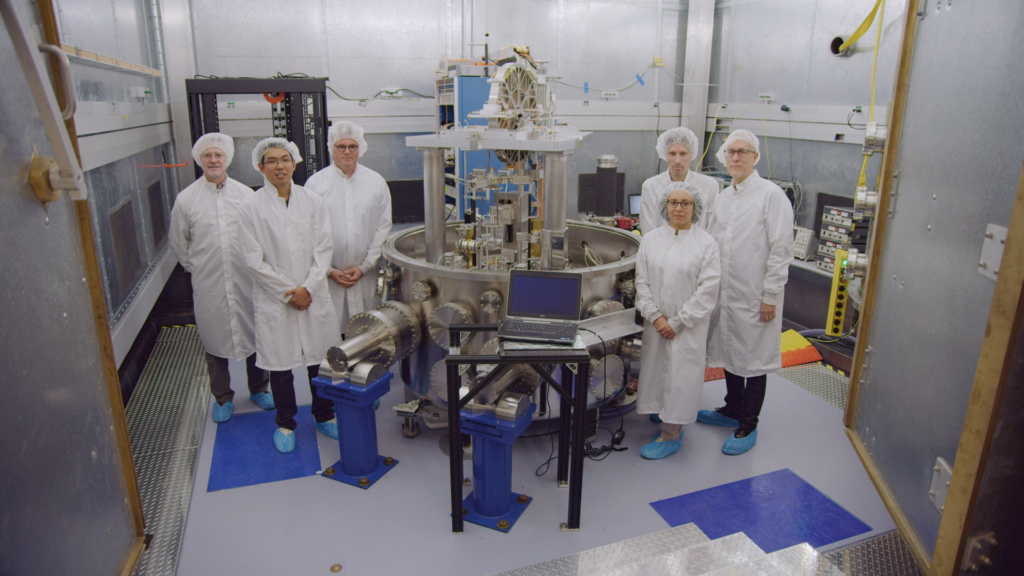
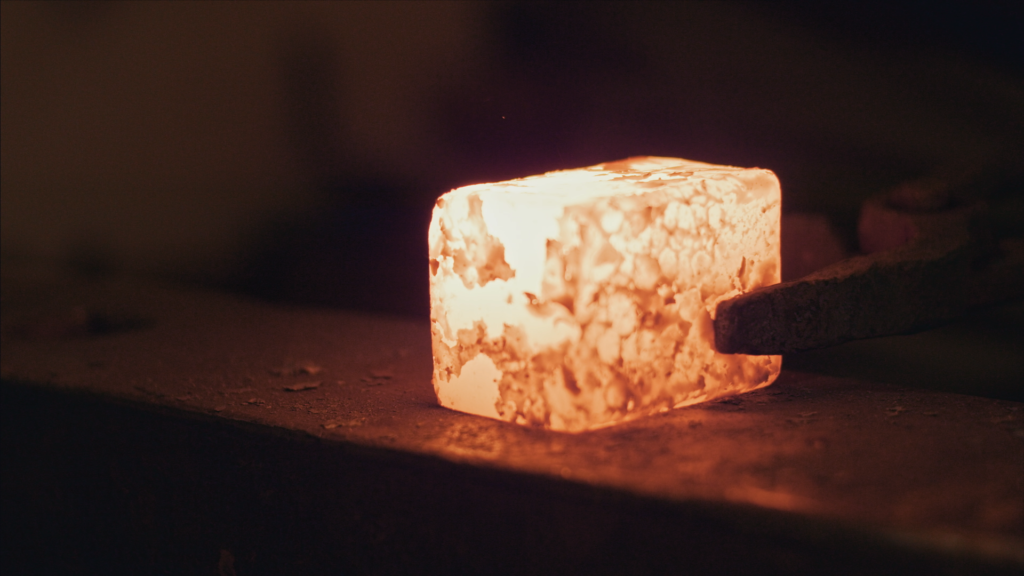
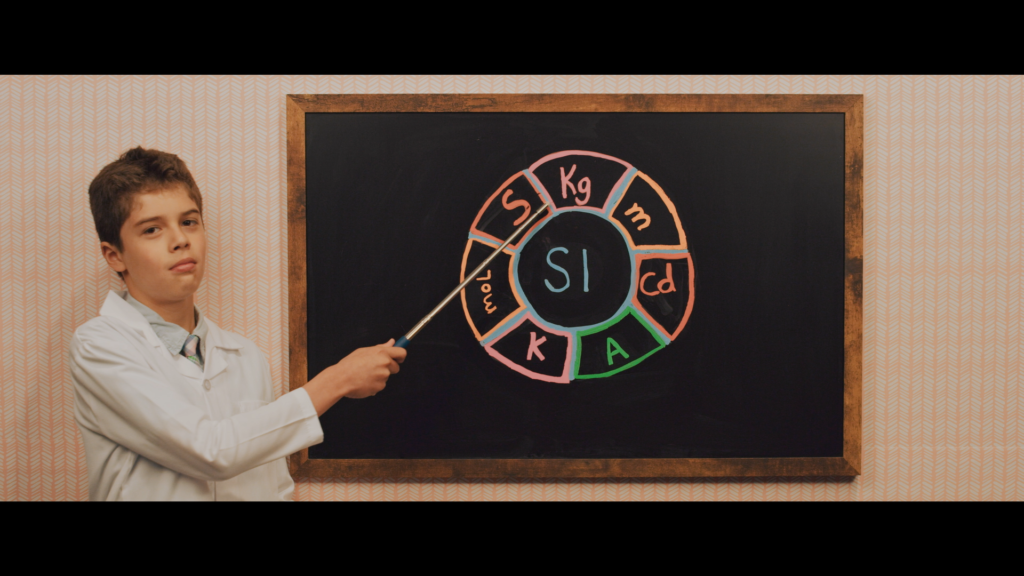
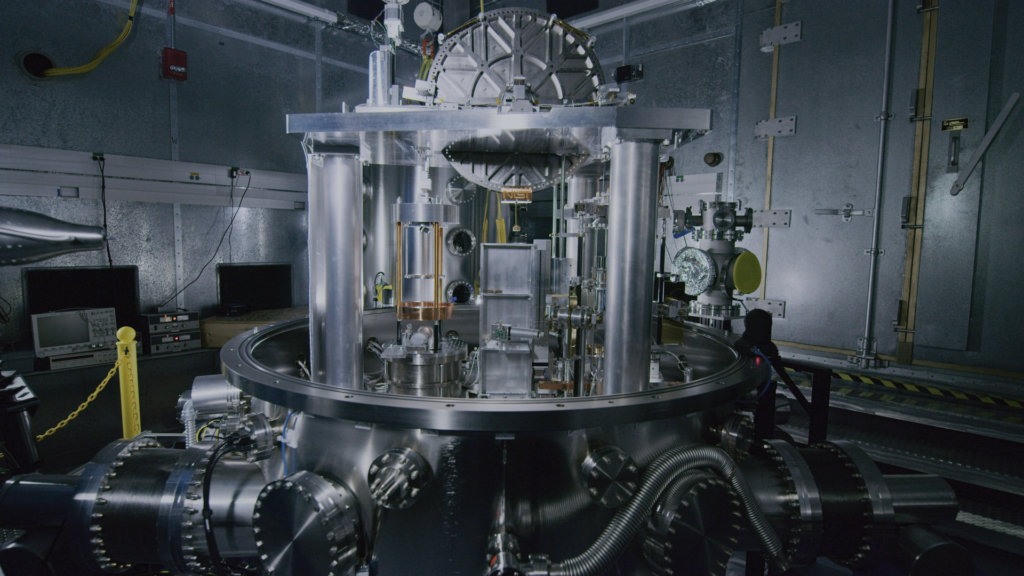
In making the film, Jacobsen said, instead of using fancy 3D animation, she turned to children playing with everyday objects and toys to visualize complex concepts. To demonstrate how atoms are counted in a softball-sized metalloid ball known as a silicon sphere, for instance, she had a child playing with a toy dump truck full of oranges. For another concept, the filmmakers wanted to show an electromagnetic crane picking up cars.
“Instead of showing footage of one, we had this child in the studio, playing with a toy crane and little cars,” Jacobsen said. “As a science communicator, it’s important to use humor and metaphors to help people wrap their heads around really complicated topics.”
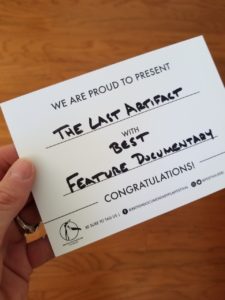 Originally, plans called for screening The Last Artifact on campus this fall as part of a science communication day at the CSU Media Festival, launching an annual lecture series, but the COVID-19 pandemic has temporarily placed a hold on those plans.
Originally, plans called for screening The Last Artifact on campus this fall as part of a science communication day at the CSU Media Festival, launching an annual lecture series, but the COVID-19 pandemic has temporarily placed a hold on those plans.
An odd trophy
Jacobsen said the honor from the British Documentary Film Festival came as a surprise box in the mail containing a trophy of a rhinoceros dressed in military garb.
“I essentially found out about the award when the trophy arrived in the mail,” she said. “With the COVID-19 pandemic, I’d been doing some online shopping, so I thought it might have been some clothing that I’d ordered. I opened it up and the rhino trophy was inside. It was a complete shock. It’s a difficult time in the world right now, and this was one of the few things that has made me smile and laugh in months.”
Jacobsen noted that the scientific community has come a long way since the days when a cubit was based on the length of an Egyptian pharaoh’s arm, for instance. The standard for the meter used to be a metal bar, and now it’s a fundamental constant that doesn’t change because it’s based on the speed of light in a vacuum. Over the decades, the metal cylinder used as the basis for the kilogram had seen a subtle change of about 50 micrograms, or the weight of an eyelash.

Available on PBS
The documentary, which will air on the WORLD channel on PBS stations across the country this fall, was selected by Realscreen, the leading international magazine devoted to the nonfiction film and television industries, as one of the top documentaries coming out in spring 2020. It went on to win “Best of Competition” in the Faculty Documentary Competition at the 2020 BEA Festival of Media Arts in April. It was recently nominated for “Best Documentary and Reportage” at the #LabMeCrazy! Science Film Festival in Spain and a “China Dragon Award” at the China International Conference of Science and Education Producers.
“The awards that Jaime Jacobsen’s film has already received serve as great inspiration for students in her classes,” Luft said. “This is especially true in documentary production, but also in her other courses, including visual communication and senior capstone.”
The film was screened by NIST on World Metrology Day, May 20, and was shown in July at the Jason National Educators Conference to inspire high school teachers as they adopt a new physics curriculum. In addition to the domestic PBS airings this fall, PBS International is making the film available to more than 2,000 clients around the world.
The Last Artifact will air on the Create/World channel on Rocky Mountain PBS at 11 p.m. on Sept. 24 and at 7 a.m. on Sept. 25. It will also air on Rocky Mountain PBS HD at 4 p.m. and 10 p.m. on Sept. 30.
Jacobsen said she hopes the film can be screened on campus sometime in 2021.